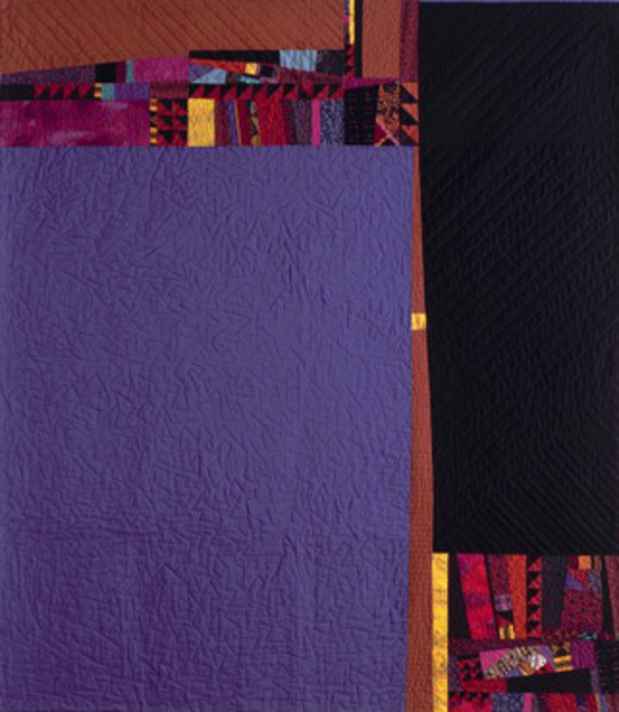"Textural Rhythms: Constructing the Jazz Tradition-Contemporary African American Quilts" Exhibition
American Folk Art Museum

This event has ended.
Quiltmaking has long been recognized as an important facet of American history, and individual quilts, such as Harriet Powers's late-nineteenth-century Bible Quilt, have themselves been sought out as important historical documents. Making quilts was predominantly a domestic chore done by women. It was not only a way to provide warmth for a family but also an opportunity to practice household economy through the repurposing of fabrics. Quilts became in effect relics of a family's life over time, pieced with a wide variety of cast-off textiles -- outgrown clothing, worn linens, or remnants left over from sewing projects. In addition, quiltmaking was often a group activity, affording women the chance to work together, exchange ideas, and share stories and information. The multigenerational aspect of quiltmaking, with techniques typically taught to younger women by their elders, allowed the legacy of a family or even a community to be preserved. Thus, to look at a quilt today is to see history.
[Image: Carole Harris "Straight No Chaser" (2006) Pieced and machine-quilted commercial and hand-dyed cotton 69 x 90 in. Collection of the artist, photo by Charles Martin]
Media
Schedule
from March 24, 2009 to October 11, 2009